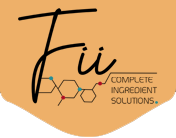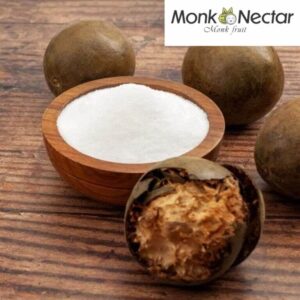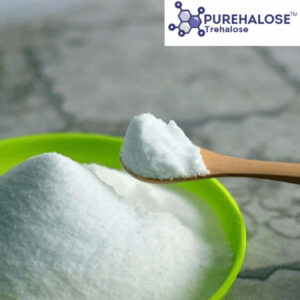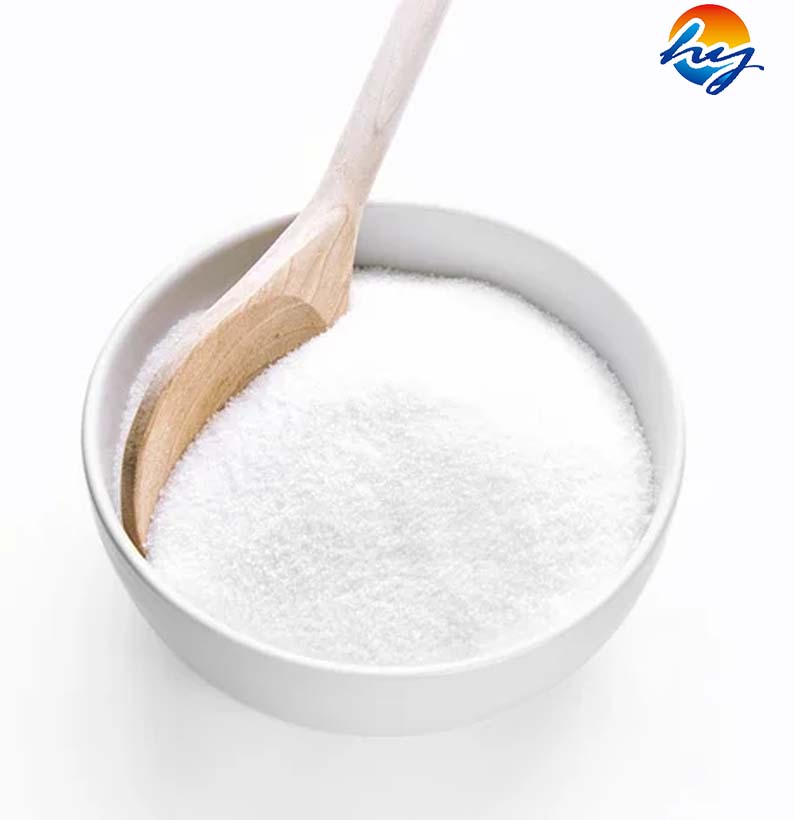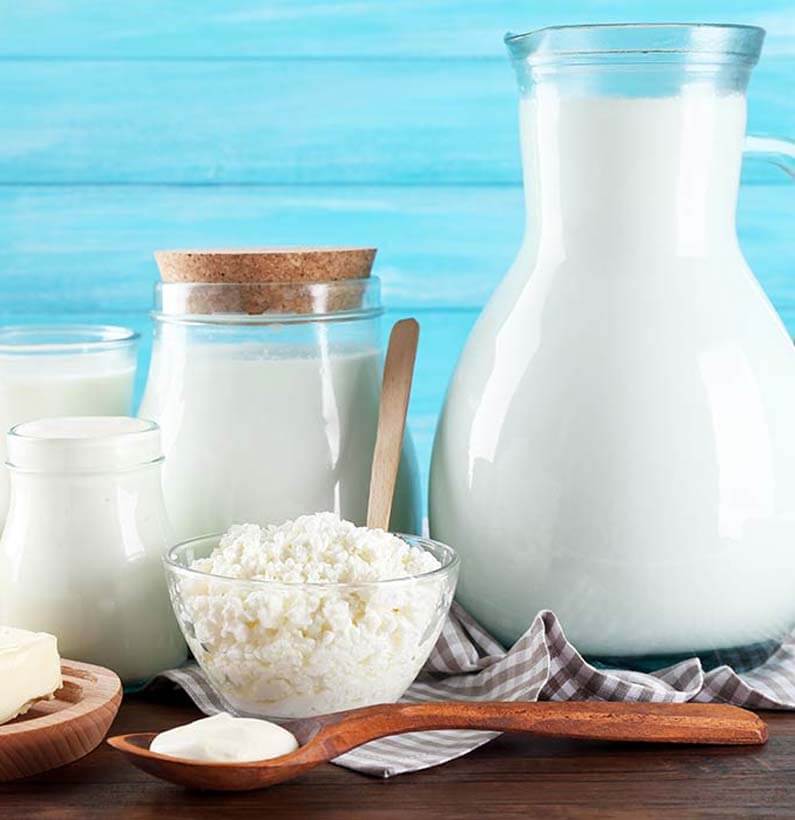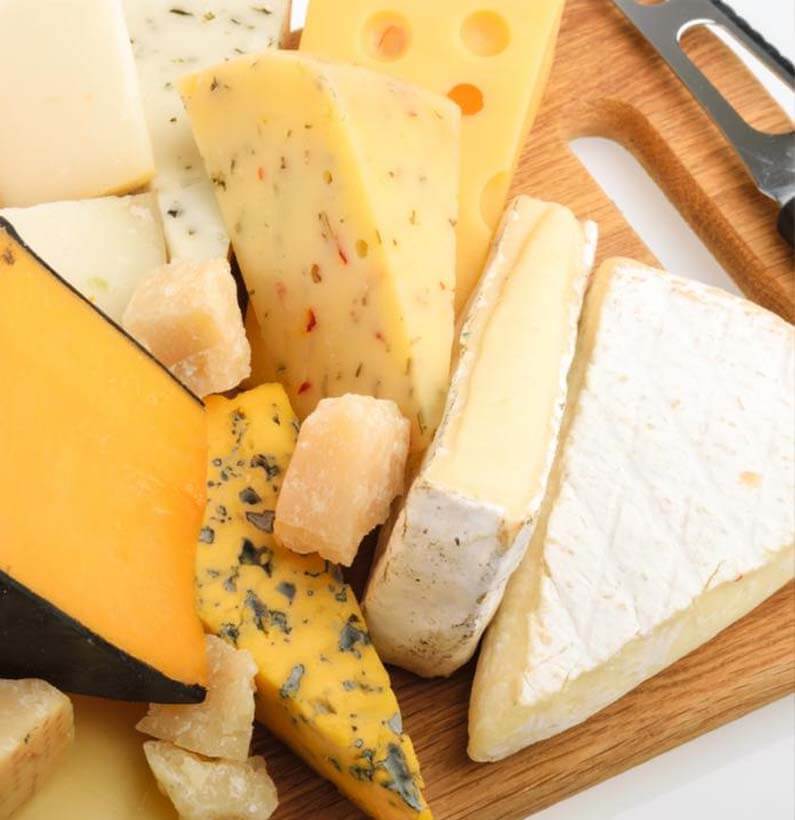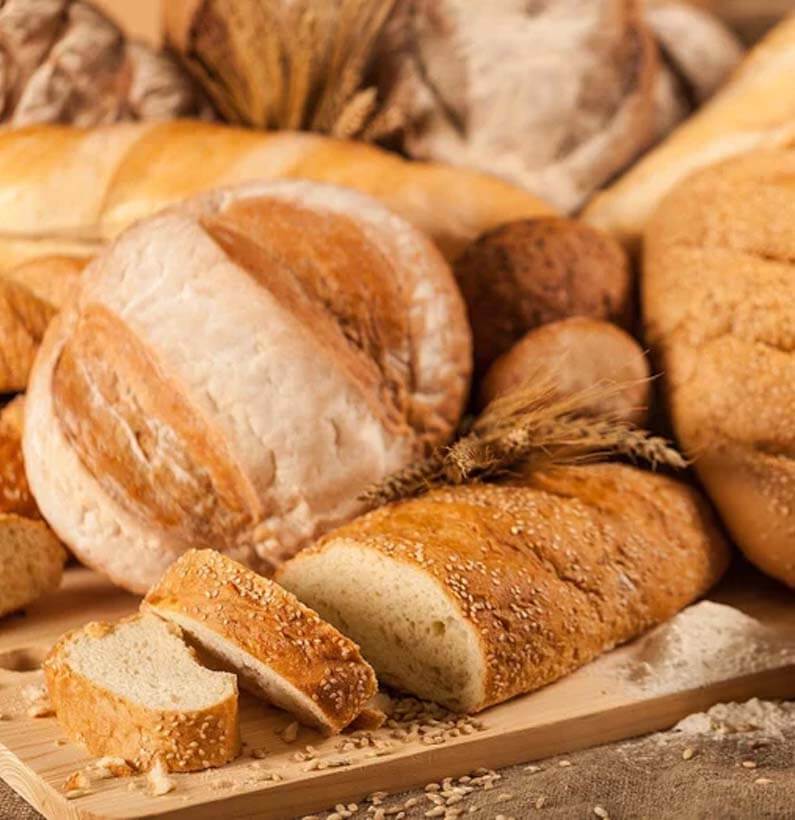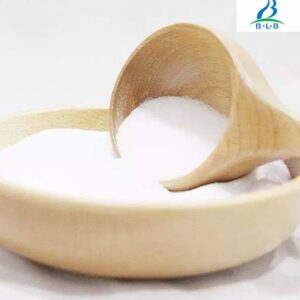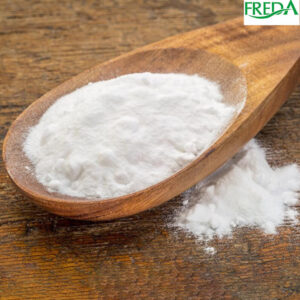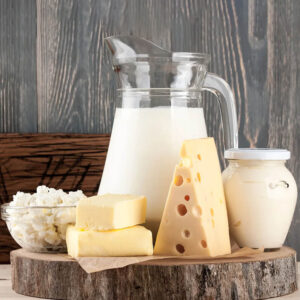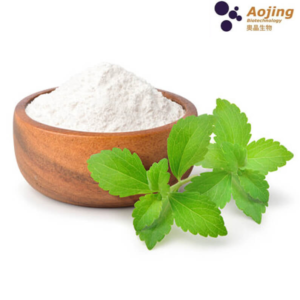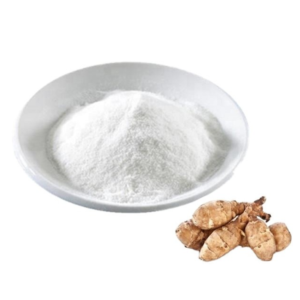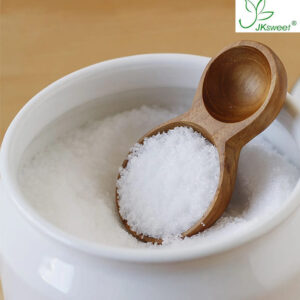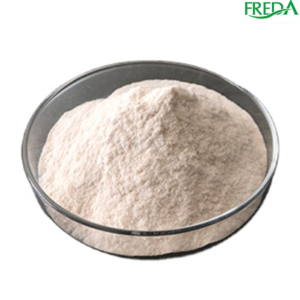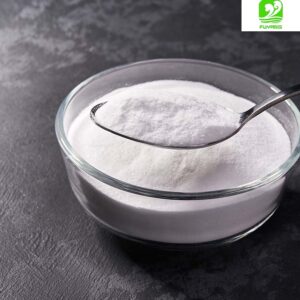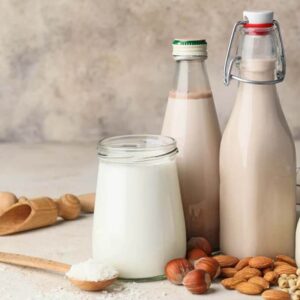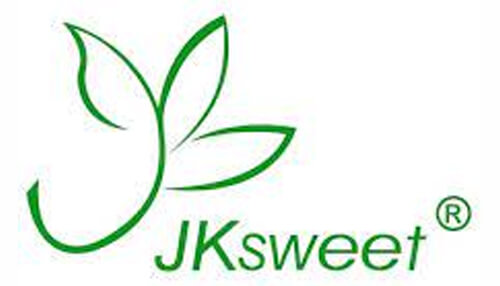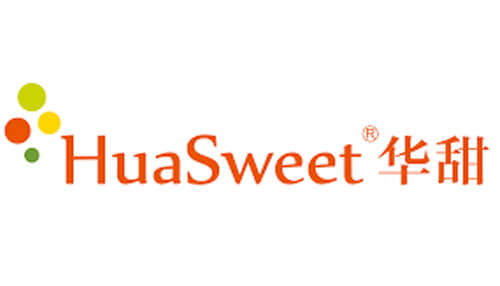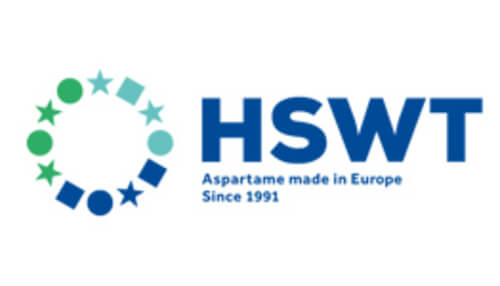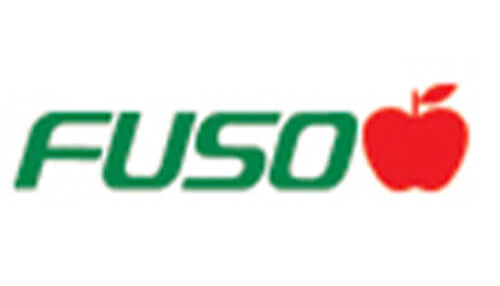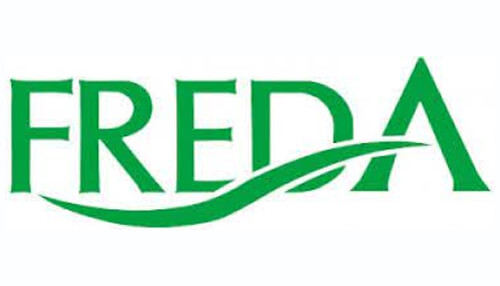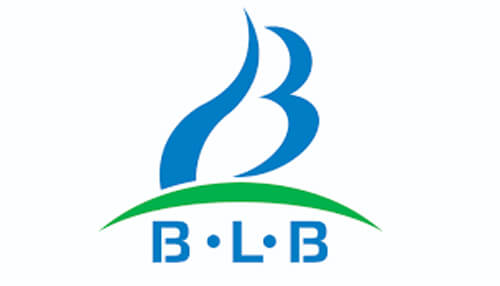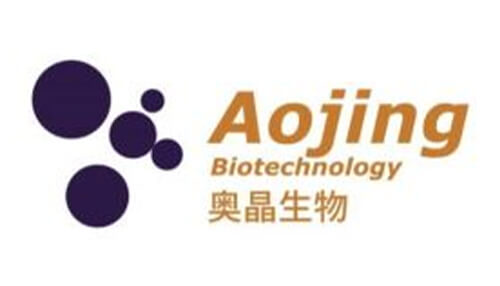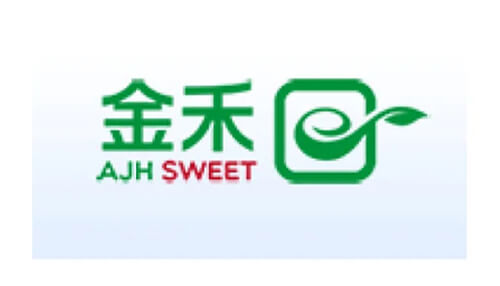- Glucono delta lactone, often abbreviated to GDL, is a naturally occurring food ingredient.
- It is known as an acidity regulator.
- It is used in the production of foodstuffs to lower the pH, or acidity, of the product.
- It is also used to slow down the deterioration of your product and prevent discolouration.
- You can use it as an anti-caking agent and raising agent as well.
Glucono delta lactone is a white crystalline powder with a sweet-bitter taste and an acidic aftertaste.
It is odourless and can be metabolised in the body like a carbohydrate.
ROLE IN FOOD :-
- Acidity regulator,
- Sequestrant
- Raising agent and Anti- caking agent
- Stabilizer
How it is Produced?
Glucono delta-lactone is produced by fermentation of glucose, It is formed by removing water during the drying and crystallisation of gluconic acid, an organic acid that is itself formed by the fermentation of glucose syrup.
Gluconic acid occurs naturally in the human body, in plants, fruits, honey and in fermented foods like wine and kombucha. Due to their chemical relationship with glucose, GdL and gluconic acid are broken down in the body in a similar way via the glucose metabolism.
Properties :-
GdL forms solid, white crystals that taste slightly sweet.
Note: When added into an aqueous solution, it dissolves rapidly and hydrolyses slowly to mainly gluconic acid. The slow hydrolysis to gluconic acid has the unique property of a very gentle acidification. This progressive acidification is time, temperature and concentration dependent, but ultimately results in a gentle pH reduction and a very mild tasting acid that can be used in many different applications.
Application :-
- Bakery
- Paneer, Tofu
- Fermented milks (plain) heat treated after fermentation.
- Condensed milk (plain), evaporated milk(s), sweetened condensed milk(s)
- Unripened cheese
- Whey protein cheese
- Fresh pastas and noodles and like products
- Nutraceuticals and Health Supplements
